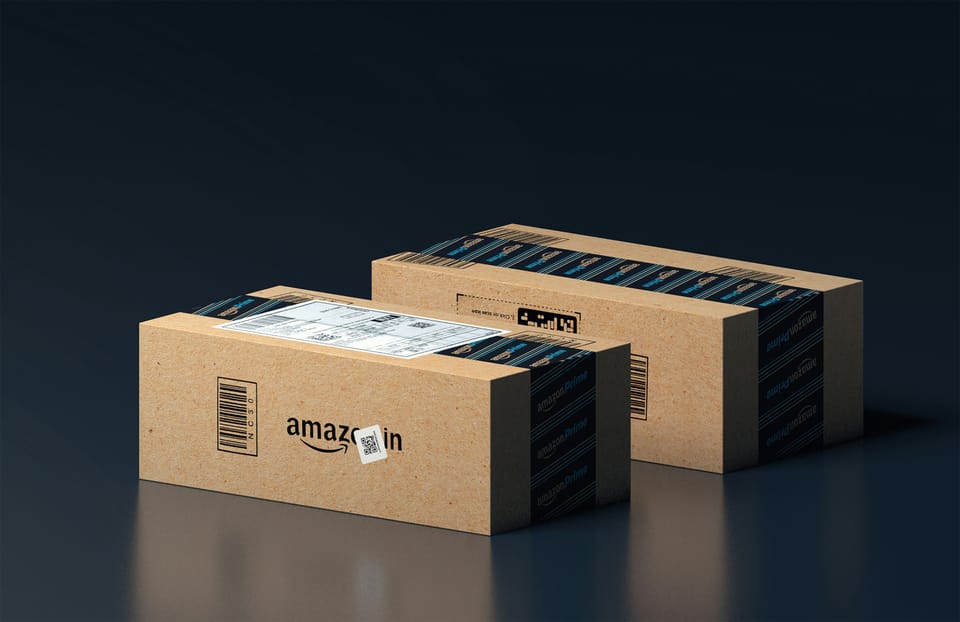Amazon emissions up 6% – but AI energy efficiency is improving

Amazon has reported a 6% increase in its carbon footprint in 2024 – nearly 4 million tonnes of CO2 equivalent – but the energy efficiency of its data centres and AI chips is improving.
After two consecutive years of decreasing absolute emissions, Amazon saw its footprint grow across all scopes last year. Direct (Scope 1) emissions increased by 6%, which the e-commerce giant attributes to business growth (11% year on year) and supply constraints around electric vehicles and low-carbon fuels.
Indirect emissions from purchased electricity (Scope 2) are up 1%, “in part due to the higher electricity usage required to support advanced technologies”, Amazon explains – though its latest sustainability report does not include total energy use data.
The company has matched electricity use with renewable energy sources since 2024 – including the 34 GW of renewable energy projects it has invested in to date. But it’s unclear what percentage of Amazon’s power use comes directly from renewables, and how much of it is offset through renewable energy certificates. Market-based Scope 2 emissions amounted to 2.80 million tonnes of CO2 equivalent last year.
Scope 3 emissions saw a 6% increase to more than 50 million tonnes in 2024, led by growth in purchased goods, capital goods and upstream transportation. However, emissions from fuel and energy-related activities went down 10% and those from end-of-life treatment of Amazon devices dropped by 25% as Amazon improved product circularity.
Progress in emissions intensity
Despite this increase in absolute emissions, there are signs that Amazon’s sustainability efforts are starting to bring results: carbon intensity went down 4% last year, to 72.6 grams of CO2e per dollar of gross merchandise sales.
Carbon intensity progress in itself is insufficient to support Amazon’s goal of achieving net zero emissions by 2040: since 2019, the company has reduced its carbon intensity by around 40% – yet absolute emissions went up by more than 33%.
“Looking ahead, we recognise that the path to being a more sustainable company will never be linear, because we’re charting new territory at an unprecedented scale. While we are firm on our goals, our approach will continuously evolve with emerging challenges and opportunities, as we’re seeing with the rapid adoption of AI,” Chief Sustainability Officer Kara Hurst commented.
Better-than-average PUE
Amazon explains in the report that one of its challenges is the increased energy demand for data centres as it introduces generative AI “in virtually every corner” of its organisation. To tackle the extra power and cooling needs of AI chips, the company says it is “laser-focused on improving energy efficiency”: through more energy-efficient custom chips and direct cooling technologies, Amazon has managed to deliver 12% more computing power and reduce peak cooling energy consumption by 46% in new data centres, without increasing water usage.
Overall, Amazon’s cloud service AWS reported a global Power Usage Effectiveness (PUE, effectively the energy efficiency of data centres) of 1.15 – lower than the public cloud industry average of 1.25, and 1.63 for on-premises enterprise data centres.
“This was achieved through optimised data centre designs, purpose-built chips, and innovative cooling technologies,” the company notes.







Member discussion